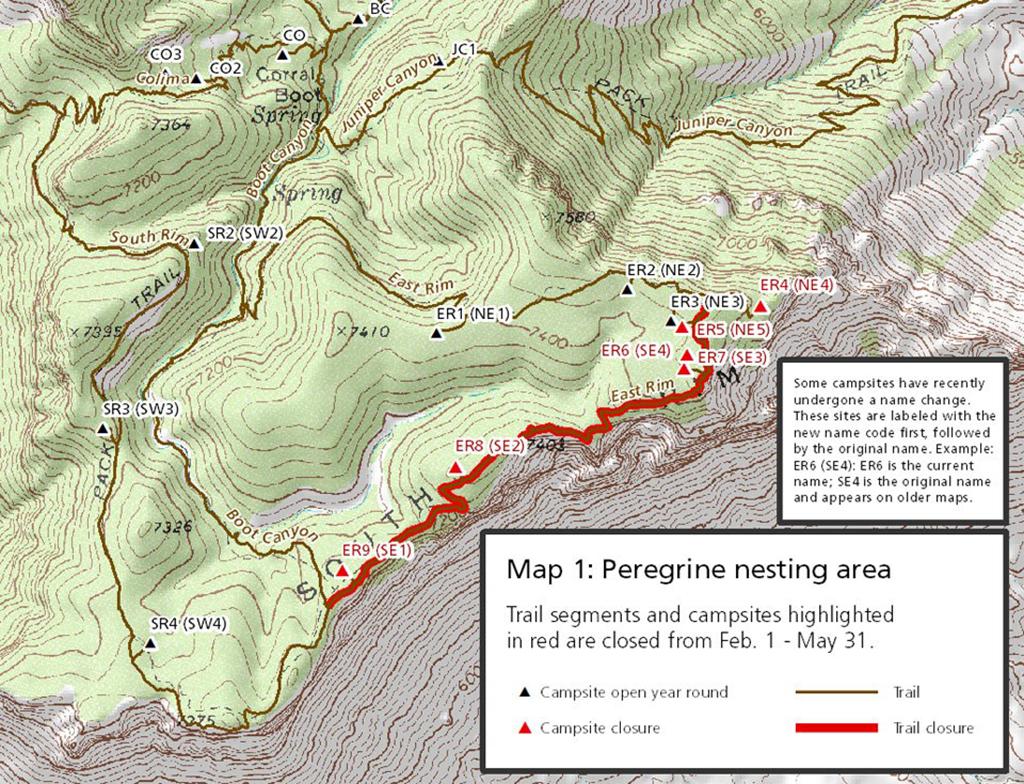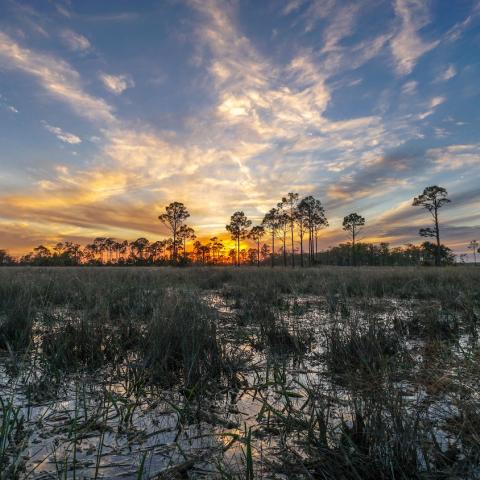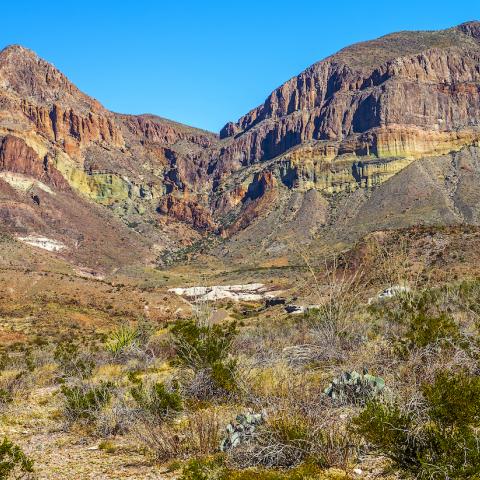
If you are planning a backcountry trip to Big Bend National Park, you might want to check your planned route or maybe change your stay dates so your trip doesn't coincide with falcon nesting season at the park / NPS file
If you are planning a backcountry trip at Big Bend National Park in Texas, you might need a Plan B, depending on where you want to hike and camp. Beginning February 1st and continuing through May 31st, the National Park Service (NPS) will again temporarily close select areas in the Chisos Mountains to protect nesting falcons.
In August 1999, the peregrine falcon was removed from the federal endangered species list, a move prompted by the falcon’s comeback from the brink of extinction. However, in Texas it is still listed as a threatened species.
National Park Service policies require the protection and preservation of all state-listed species and all species of concern, regardless of federal or state classification. In keeping with this mandate, and to provide the nesting falcons with areas free of human disturbance, the NPS will again temporarily close or place restrictions on the use of certain lands at Big Bend National Park.
The areas closed to public entry from February 1 through May 31 are:
- A portion of the East Rim Trail from the southern junction of the Boot Canyon Trail to a point just north of Campsite ER-4. (see map below).
- East Rim Campsites: ER-4, 5, 6, 7, 8, 9.
- Technical rock climbing on rock faces within ¼ mile of known peregrine eyries.
The NPS does not plan to close any other areas, but restrictions may be modified if peregrine behavior or nesting sites do not follow traditional trends. The 2021 South Rim Fire burned 1,300 acres of woodland in the Chisos, including some areas above historical falcon nesting sites. In 2022 a mating pair returned to the area and during monthly surveys biologists confirmed that the nest was successful with fledging offspring.
Through the efforts of federal, state and private agencies, the peregrine has staged a remarkable comeback since it was placed on the federal list in 1970. Acting Superintendent Chad Tinney remarked, “The small population found in Big Bend National Park and the Rio Grande Wild and Scenic River represents most of the peregrines found in Texas. We appreciate the continued public support and cooperation to protect these remarkable birds."




 Support Essential Coverage of Essential Places
Support Essential Coverage of Essential Places






